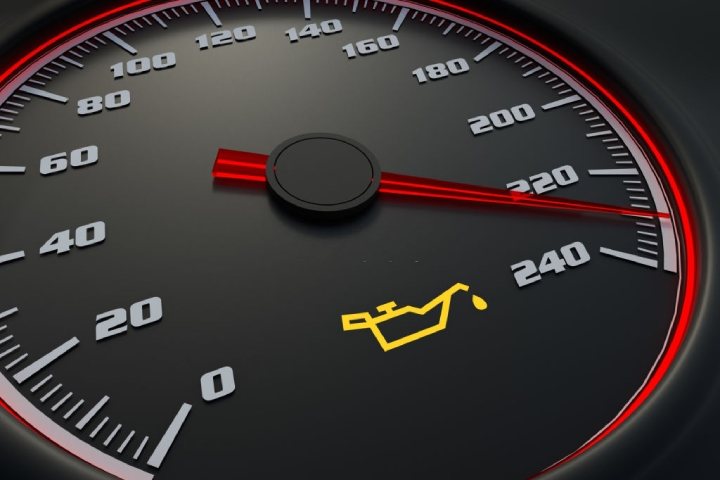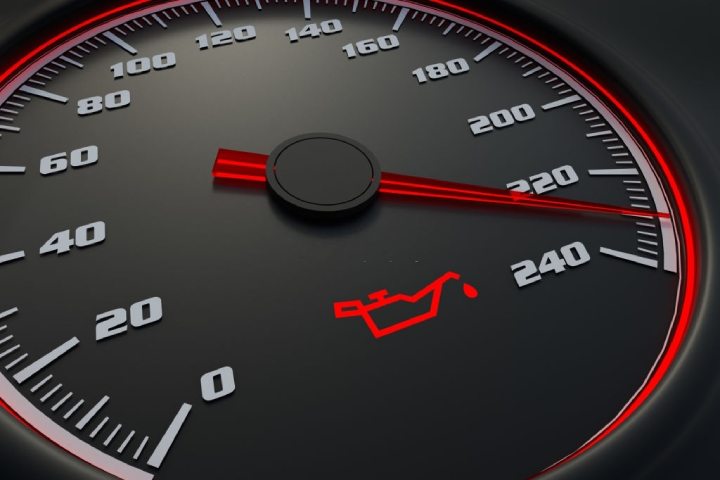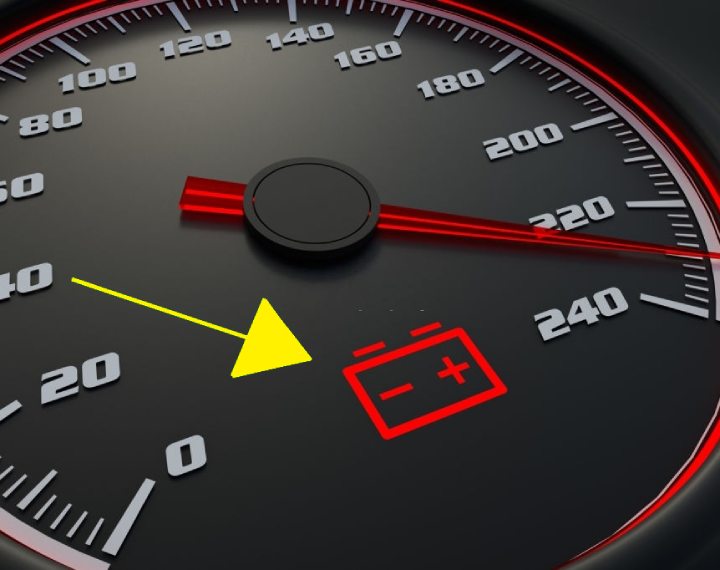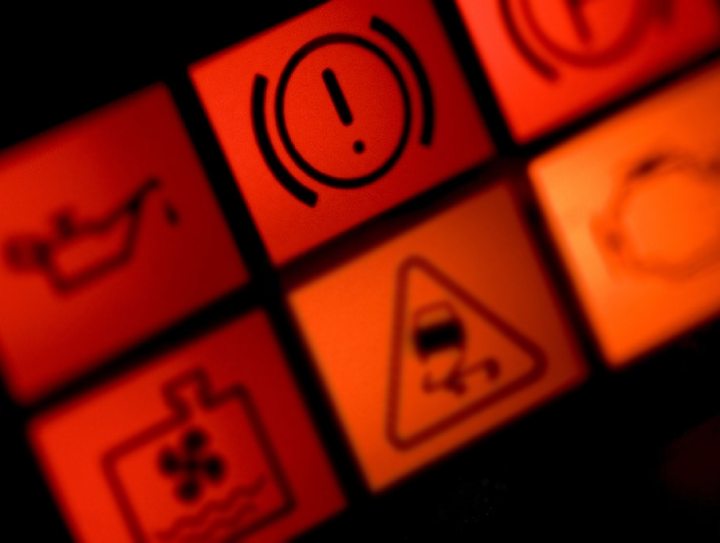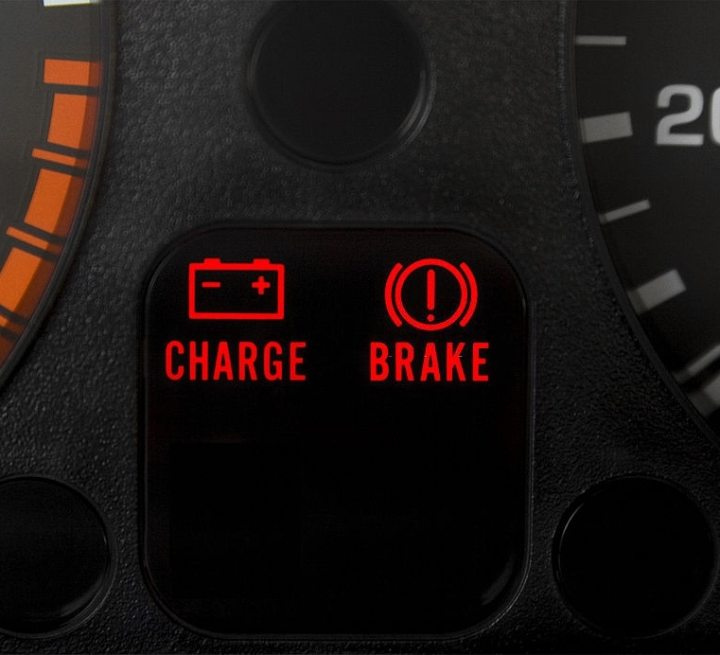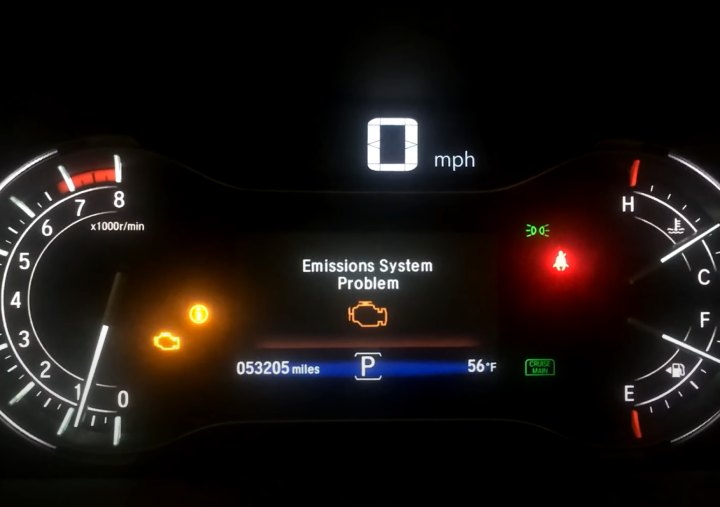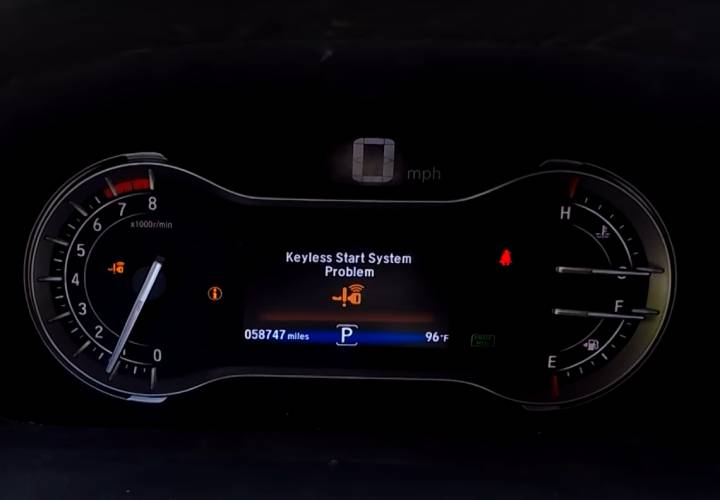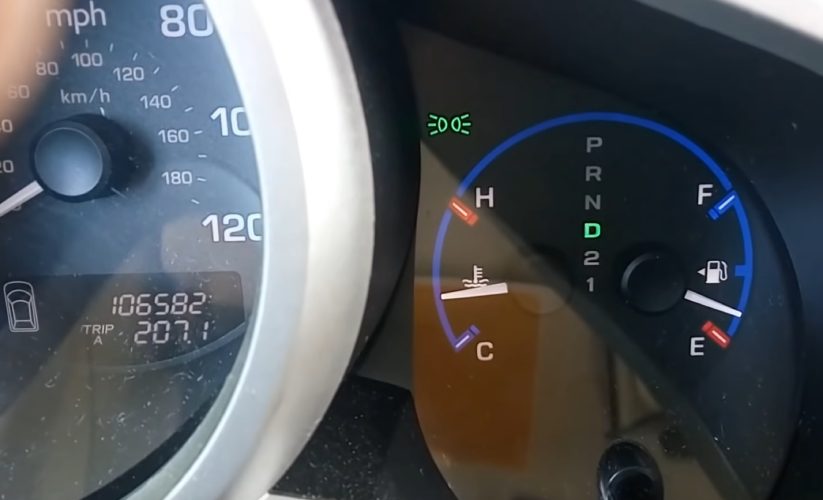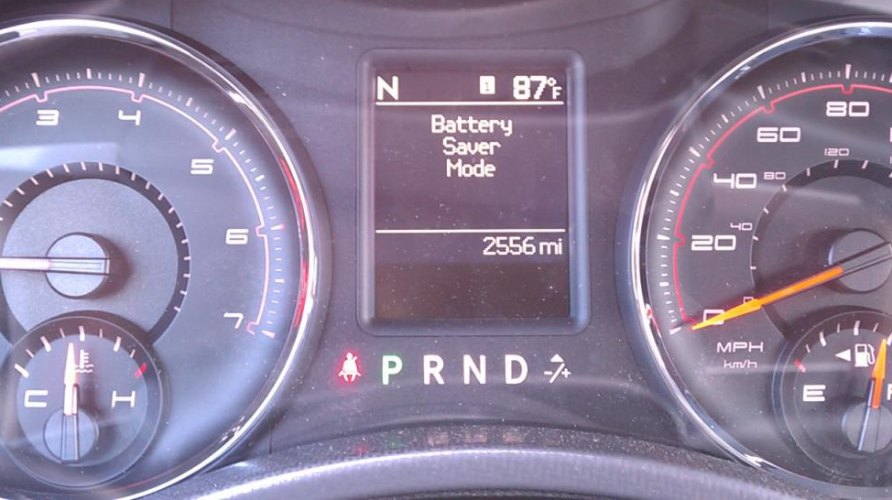As has been the trend in the motoring industry, manufacturers are actively putting more technology into their cars. Toyota has brought out a slew of mid-range priced models, fitting them with innovative and intelligent technology to make the driving experience safer and more enjoyable.
One of the commonest driving assists is the ICS – Intelligent Clearance Sonar. This system prevents the car from crashing into obstacles at low speed. However, sometimes the system might fail to activate, increasing your chance of denting that newly waxed bumper.
ICS malfunction results from several factors, particularly when the sensors are exposed to water, damaged in a low-speed crash, or due to a damaged wire harness. Regardless, your Toyota’s ICS can still be fixed by a certified mechanic or even DIY.
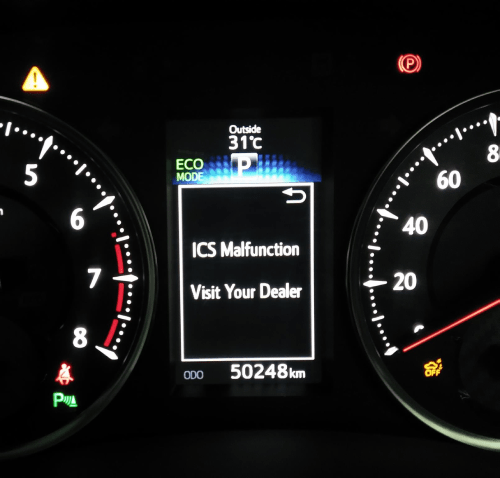
But before we can get into the various causes and different solutions to an ICS malfunction, let’s examine the ICS and its beneficial role in your car.
What is an ICS?
Toyota fits its more modern cars with an advanced low-speed collision warning system. The Intelligent Clearance Sonar system alerts it detects potential collisions at low speeds of up to 9 mph. It relies on a set of sensors distributed around the bumper – four at the front and the same number at the back.
The ICS system comes in handy in real-world situations. For instance, it makes backing out of a parking spot less challenging. If you’re reversing out from a car sandwich, chances are you can’t see much out of the rear- and side-view mirrors.
However, the ICS system – hooked into the Rear Cross-Traffic Braking feature – detects cars or pedestrians moving from either end of the car’s rear. It signals an alert on your dashboard, activates a distinct sound, and automatically applies the brakes for two seconds, providing enough time for you to avoid a collision.
In some Toyota models, the ICS system also restricts the amount of power released by the engine, ensuring that the vehicle slows down.
Now, several non-new-model Toyota owners might be unfamiliar with the ICS dashboard warning light. It’s designated as a traffic cone behind a car and a star between them. When you turn the system off or when it’s experiencing a malfunction, OFF appears beneath the icon.
Let’s see what’s behind the ICS malfunction in your Toyota vehicle.
Related content: Here’s How You Fix the Maintenance Required Light On Your Toyota Prius
What is the cause of an ICS malfunction?
You should always pay attention when the ICS Off warning sign lights up on your dashboard. It usually points to a fault with the system. As a result, you might experience some challenges during low-speed maneuvers like parallel parking or reversing out of a tight parking space. This is more so if you’ve become reliant on the system for assistance during these driving actions.
However, this isn’t an issue if you intentionally turned the system off. For instance, some drivers turn the ICS system off when driving into a car wash. This is because the system will kick in and apply the brakes when the sensors detect the cloth rollers and scrubbers.
Nevertheless, if you didn’t disable the ICS system, here are the most common causes of a malfunction.
They include:
Water leaking into the proximity sensors
If your car spends a period in heavy rain, water can seep into the proximity sensors used by the ICS system. The same applies to cars spending time out in the snow.
In other instances, high-powered water hoses and jets at the car wash can affect the proximity sensors, affecting the proper functioning of the ICS.
Physically damaged sensors
You shouldn’t rely on the ICS system excessively. After all, it isn’t foolproof. This means that, in some instances, it might not kick in to slow down your car in situations of potential low-speed collisions.
As a result, you might be involved in some potentially embarrassing fender benders that damage the car’s proximity sensors. Consequently, the damaged sensor might fail to detect other objects in a subsequent situation later.
Damaged wiring harness
The more technologically advanced cars become, the more complex the wiring network required to power the systems. As such, there’s a greater chance that the wires become damaged.
So, if your car’s wiring harness is damaged, you might find it challenging to activate several electronic systems and features, including the Intelligent Clearance Sonar.
Ultrasonic wave interference
The proximity sensors in your car’s bumpers utilize ultrasonic waves to detect obstacles and gauge distances. However, sometimes external ultrasonic waves can interfere with those originating from your car, causing a malfunction in the ICS system.
External ultrasonic waves come from large vehicle air brakes, vehicle detectors, motorcycle engines and other ultrasonic-wave-producing devices in your car’s immediate vicinity. For instance, fluorescent license plate backlights and wireless antennas can affect nearby sensors.
Car posture and orientation
The ICS system might malfunction if your car is on a steep incline. When the vehicle tilts significantly, the system can fail to detect obstacles, increasing your chances of getting into a low-speed collision.
The same is true if your car leans too much to one side, affecting the sensor’s orientation. For instance, overloading the trunk causes the car to lean towards the rear distinctly, lowering the back sensors and raising the front ones.
Despite this seemingly long list of ICS malfunction causes, the problem can be solved.
Related content: What Does BSM Mean On A Toyota RAV4?
How to fix ICS system malfunction
Fixing a failing ICS system can require a visit to a certified mechanic if the problem is more extensive and complex. Otherwise, you can implement some of the solutions right there in your driveway.
These solutions include:
- Wiping dirt and snow off the sensors on the bumper
- Using an OBD scanner (digital scanning tool) to find ICS-related error codes
- Reconnecting cut wires feeding into the sensor
- Driving the car into a shed or covered shelter to limit exposure to the elements. Frozen sensors can thaw out in warmer enclosures
- Uninstalling fluorescent stickers or embellishments near the sensors
However, sometimes you do have to take your car to a dealer or certified mechanic to give it a more thorough look-over.
The mechanic solves the issue by:
- Replacing damaged sensors
- Reconnecting loose wires in feeding into the sensor
- Replacing the wire harness in case of several cut wires or significant corrosion
After identifying and fixing the ICS malfunction issue, the system must be reset to return to normal function.
How to reset the ICS system
If repairing the system involved disconnecting and removing the battery, the ICS system must be initialized to get it running again. To initialize the system, start the car and drive forward at around 22 mph or more for about 5 seconds.
Additionally, you can reset the system from your dashboard menu. Here’s how:
- Use the steering wheel control switches to scroll down to the Settings icon on the multi-information display (MID).
- Press OK to select and display the Setting submenu, and scroll right to the ICS icon.
- The ICS menu will display a prompt asking whether you want to turn on ICS.
- Use the direction switches to scroll and select Yes with the OK button.
- The ICS system is now reactivated.
Related content: What Does the Check Hybrid System Warning Indicate on Your Toyota?
In a nutshell
Your car’s ICS system helps you out in low-speed situations, enabling you to avoid collisions. However, sometimes the system experiences malfunctions resulting from several factors like extreme weather conditions and damage to the sensors and wire harness.
Some of these problems can be fixed at home, whereas the rest require you to visit your dealership or mechanic for a more professional look at your car. After fixing the issues, the ICS system needs to be initialized or reset to make it functional again.
Several car owners are tempted into relying on the ICS when it’s functional. However, this overreliance on the system isn’t advisable. After all, the system doesn’t stop the vehicle completely. Instead, it gives the driver a better chance of gaining control before a potential collision.
Therefore, you should always be attentive when driving because the system might not work in some situations as discussed earlier.
Sources
Toyota to Launch Enhanced Parking Support Systems
Innovative Toyota Camry Technology Upgrades Safety and Convenience
Mark is a senior editor for Mechanic Ask, creating tech-focused articles about diagnostics, tools, and new auto servicing methods. He attends industry shows to stay current. With a mechanical engineering degree, Mark is able to translate complex technical details into explanations understandable for shop owners and technicians. His articles help shops improve processes, reduce costs, and boost productivity.

